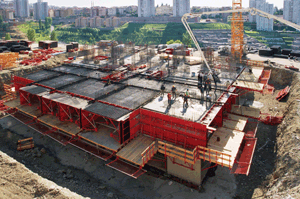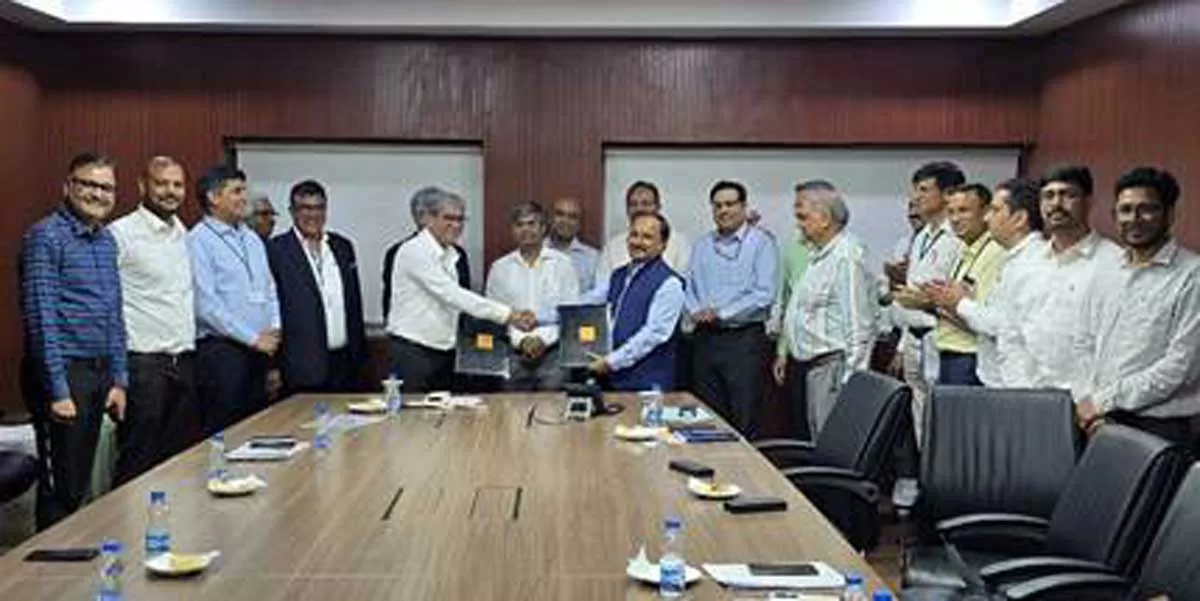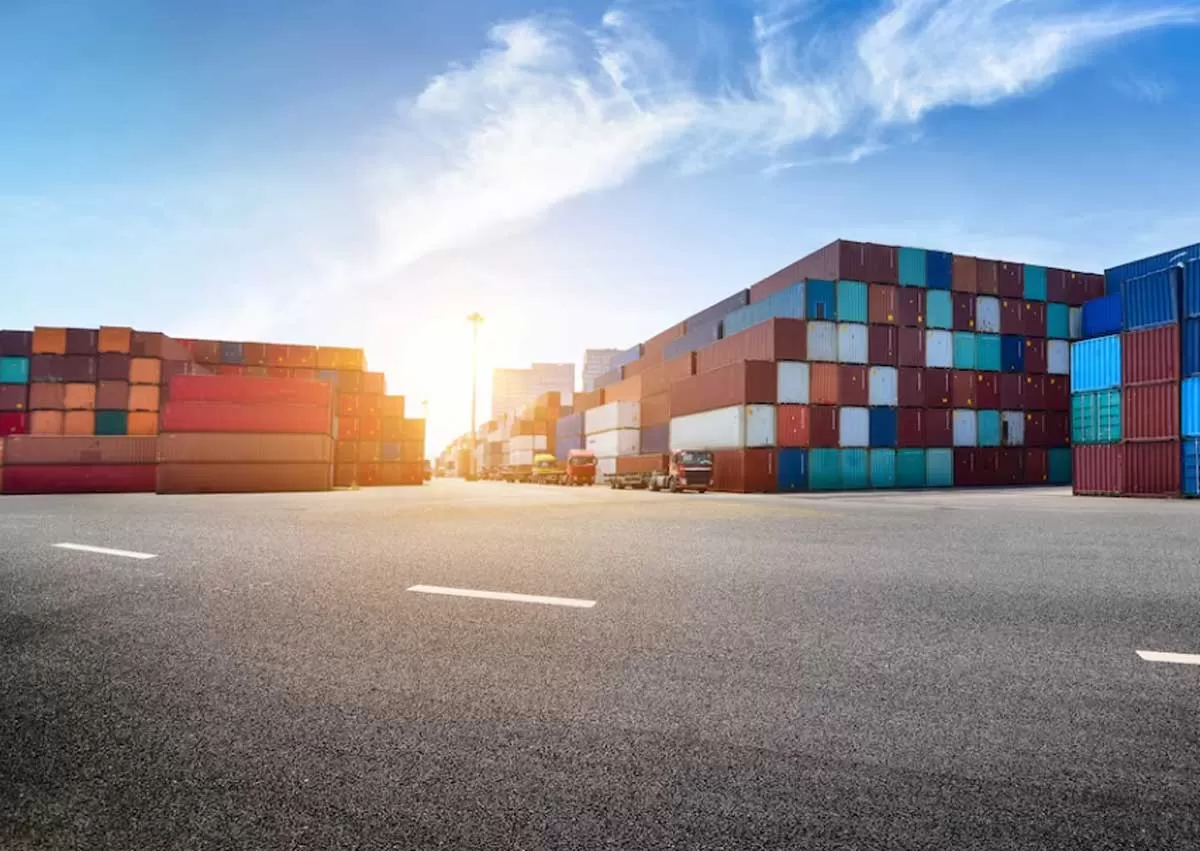Tunnel form technology is the latest construction method developers are adopting in rehabilitation projects.
Developing a building is all about pouring concrete at a height quickly and efficiently. However, one of the biggest challenges for developers and builders today is adopting formwork systems. Formwork is a massive industry worldwide and tunnel form technology has time and again proven successful where one has to constantly construct buildings maintaining the same shape and design. John Guest, Head-EPC, Omkar Realtors & Developers elaborates upon this speedy and cost-effective technology in conversation with AHLAM RAIS.
The process
Tunnel form comes in the form of an L shape; each component is connected to the other and creates a box. You have a similar one placed next to it. The space that is between and above these two boxes is filled with concrete. Later, the formwork is pulled out and repeated. The technique is a way of quickly forming an area to be poured; it is quick to strip and move. It is not ideal for every construction but where there is a repetition of the forms, where there is mass housing, where speed is important, it is successful because it saves time and is cost-effective. After the design, the tunnel form is manufactured offsite and assembled on site. The tunnel form is then placed in position, the reinforcing bar is fixed and the concrete is poured; after the concrete is hard enough, the tunnel form is stripped and moved to the new location.
Set parameters
There are various engineering details one has to work with while making use of tunnel form technology. Owing to the manner in which it is used and pulled out, one cannot have a beam on the front edge. It has to be a flange. In tunnel form technology, one has to design the structure in such a manner that it architecturally and structurally suits the tunnel form system. We carry out many rehabilitation projects and these projects by nature fit the model of tunnel form technology as they are repetitive and have the similar design. We are bringing in this technology for our first project this year in a rehabilitation project. We are confident that it will work very well in the Indian environment. In Turkey, this technology is widely used to construct buildings. Structures built with this technology possess the same elements compared to a conventional building.
The applications
The basic requirement to use this technology is that the design has to suit its use architecturally and structurally. One also has to bear the financial capability to bear with the capital cost of the equipment planned. Apart from rehabilitation projects, it can also be used for residential projects. However, one requires large scale projects for this. It can also be used for gated communities where five to 10 buildings have to be constructed. However, it is unlikely to be efficient for one standalone tower.
Salient benefits
Tunnel form is all about speed of construction. If you make use of conventional formwork in a structure, it will take you 12 to 15 days per floor cycle. If aluminium formwork is used, it takes seven to 12 days per floor cycle. However, in tunnel form technology in Turkey, it is carried out in two days! In India, we are looking at three to four days per floor cycle. The quality that one obtains through this technology is stunning. Additionally, it requires less manpower as the elements are manufactured in the factory. One manufactures the steel shutter in a factory and carries out the entire process. This reduces manpower on site dramatically and saves a lot of time. Last, as it helps construct the structure quickly, it also reduces total project cost. The actual face of the tunnel form is 3 mm steel so it can withstand heavy wear and tear. Because of the nature of this technology, the side walls are all concrete and one does not have columns; thus, the structures are strong and perform well in earthquake loads.
The flipside
There are a few negatives to tunnel form technology. The capital cost of buying tunnel formwork technology is high. This technology is about repetitive use; if you only use this technology once, it proves to be expensive. The panels are heavy and, hence, you need strong cranes to pick them up and move them around. Hence, one has to spend more money on cranes.
Cost comparision
The cost of this technology depends on the nature of the project, hence it can be up to twice the cost of conventional formwork. Tunnel form technology manufacturers guarantee 500 uses. One also has to keep in mind the financial capability to purchase this technology upfront. If one has to construct building models that have to be used 500 times, this technology proves significantly advantageous in the long term. We construct many rehabilitation projects. Hence, we are looking at this technology so we can create structures through more efficient ways. Being one of the first to use this technology, there is always the disadvantage of the unknown. However, we have planned it carefully and have also studied L&T's concept as they were the first to use it in some projects in Delhi; we are making some changes to their approach.
Call for awareness
It is unfortunate that although this technology has been previously used, it has not been able to take off and the level of awareness is low. Structures built with tunnel form technology have the same life as any other reinforced concrete building, which is around 50 years. We believe it is the correct solution for rehabilitation projects and relevant sale projects. As the Indian environment changes, with speed and delivery becoming more critical in terms of sales and reputation, developers and builders are looking abroad for more innovative products that will help them to deliver. A prime example of this is tunnel form technology and one hopes the awareness of this will steadily grow with time.
At a Glance...
- Tunnel form is all about speed of construction.
- This technology takes three to four days per floor cycle.
- Requires less manpower.
- Reduces total project cost.
- Tunnel form technology manufacturers guarantee 500 uses.
- Level of awareness is low in India.
- Structures built with tunnel form technology have a life of 50 years.
- It is the correct solution for rehabilitation projects.
To share your latest technology with us, write in at feedback@ASAPPmedia.com


















